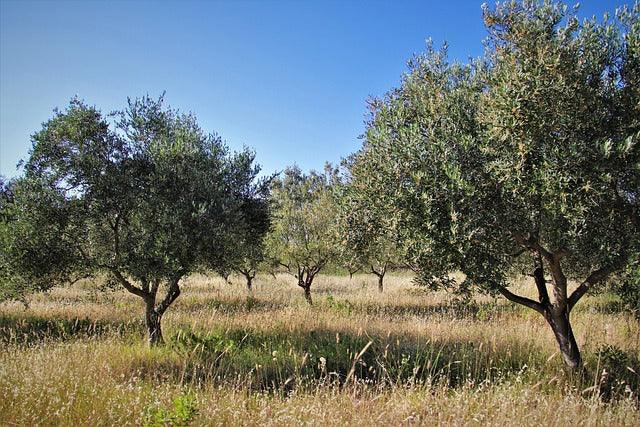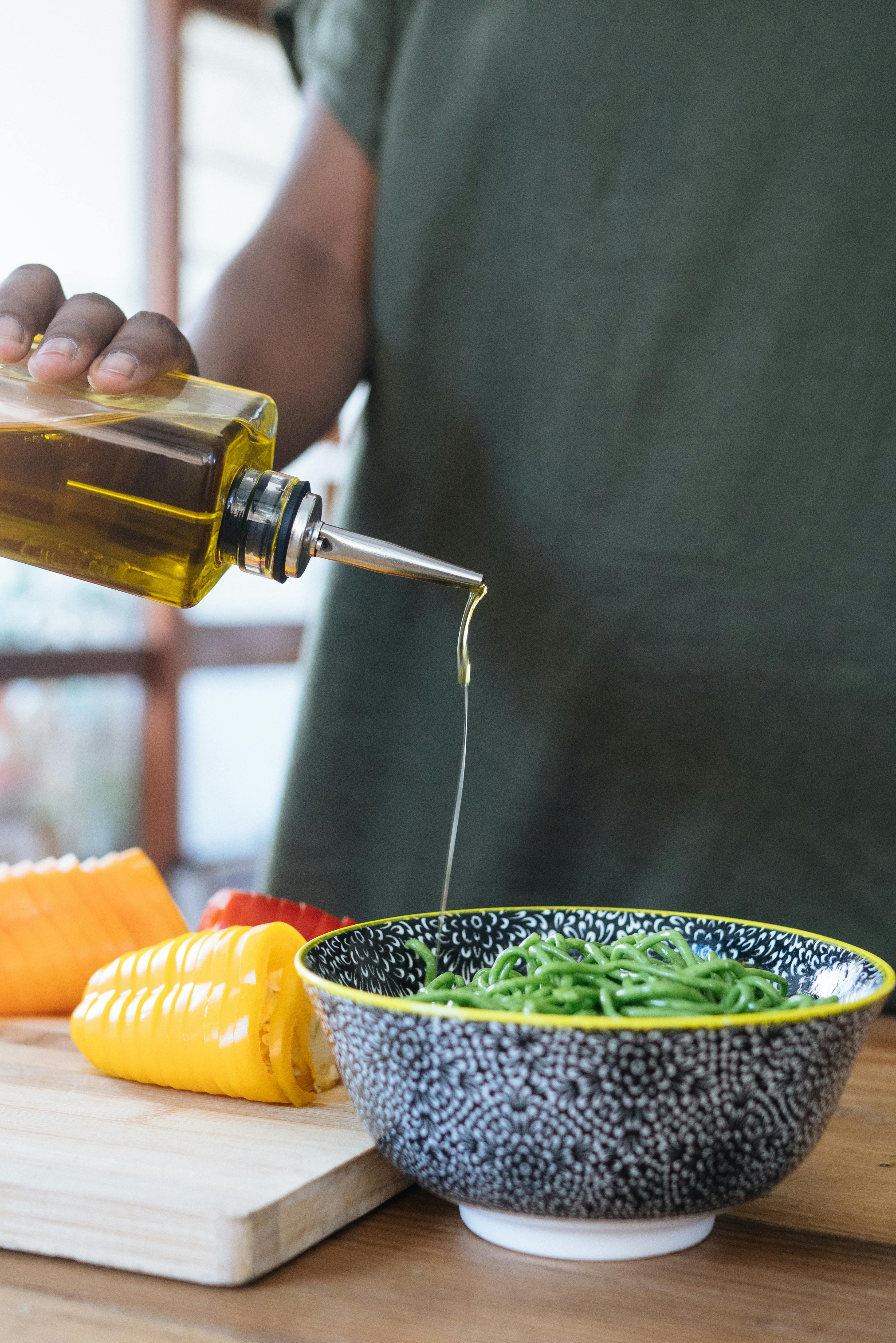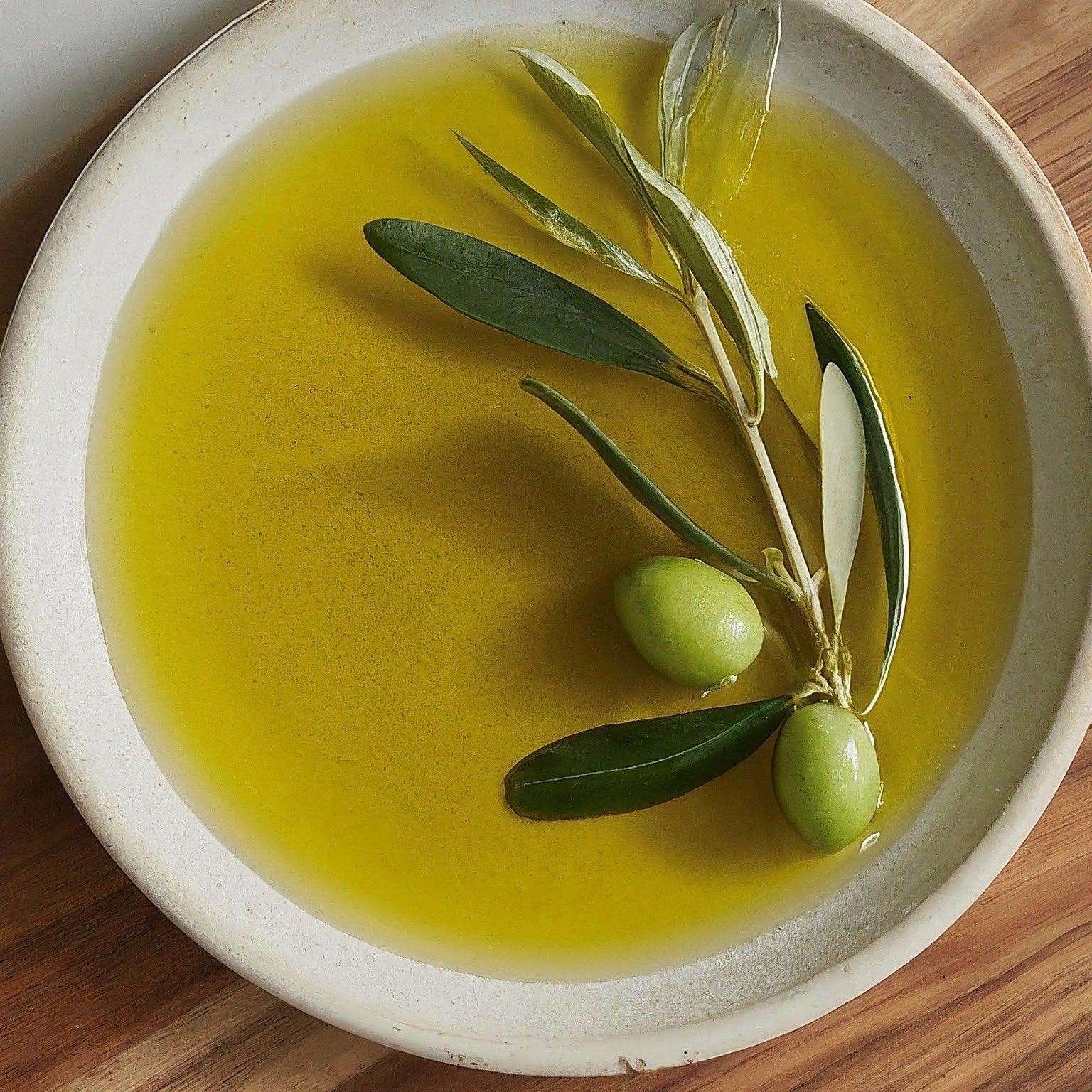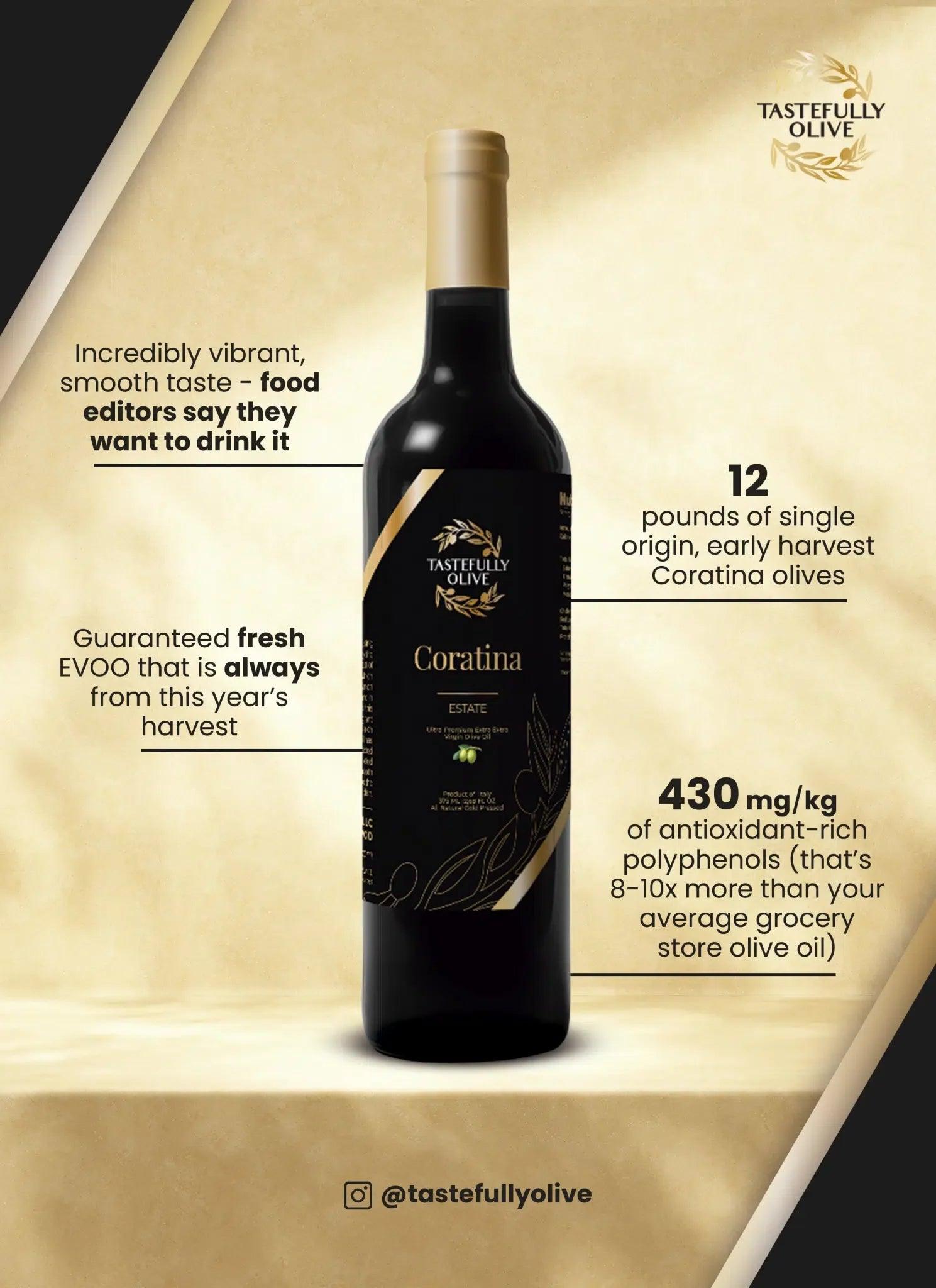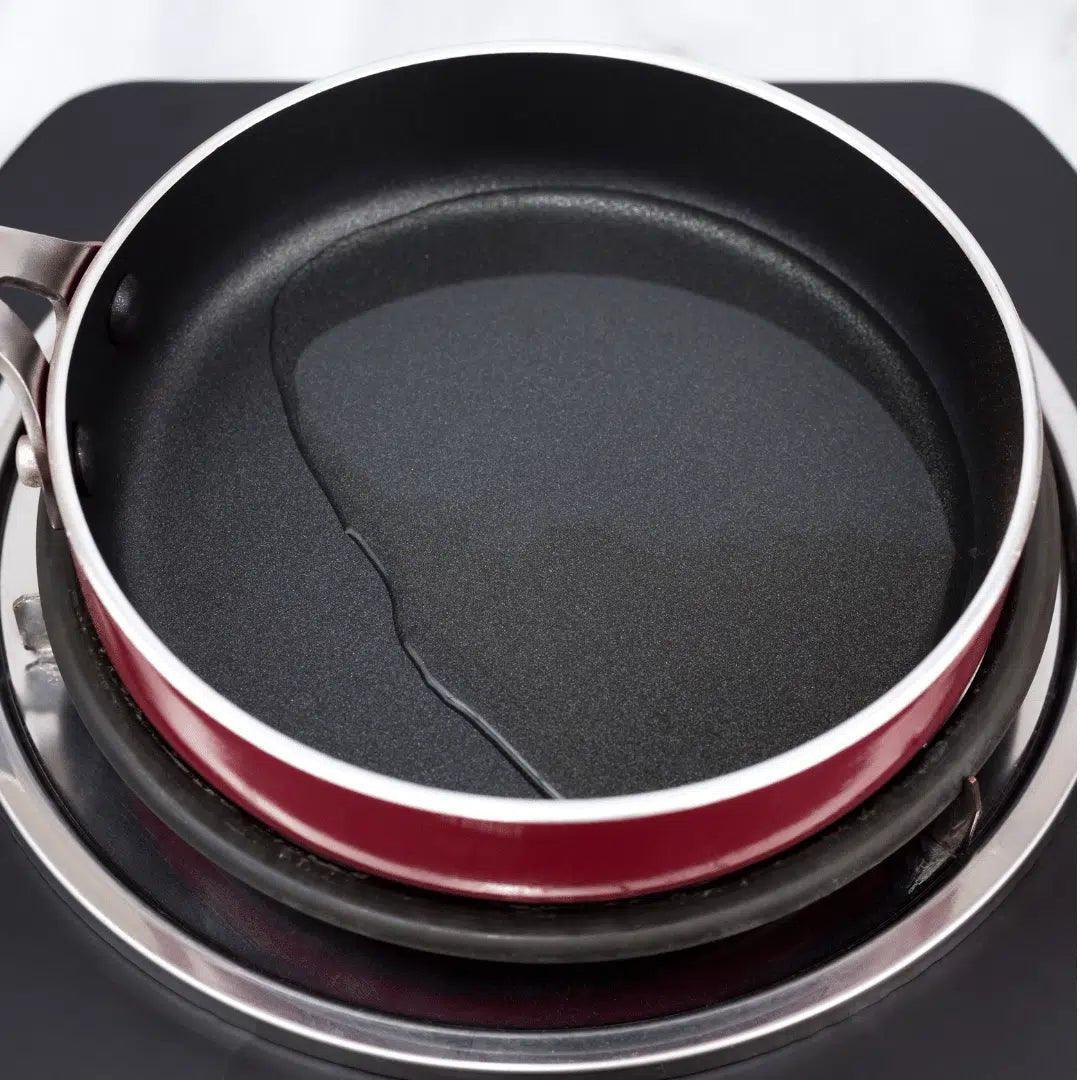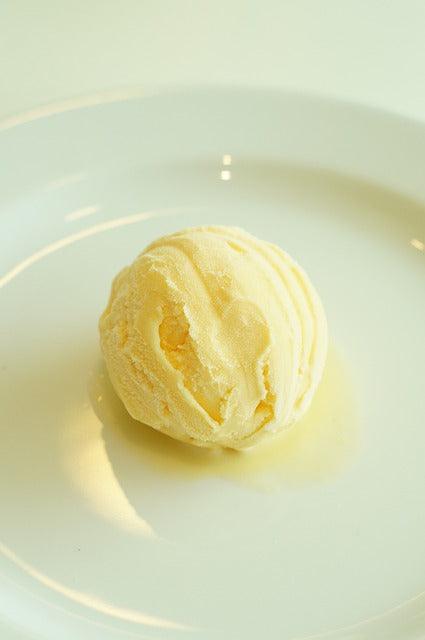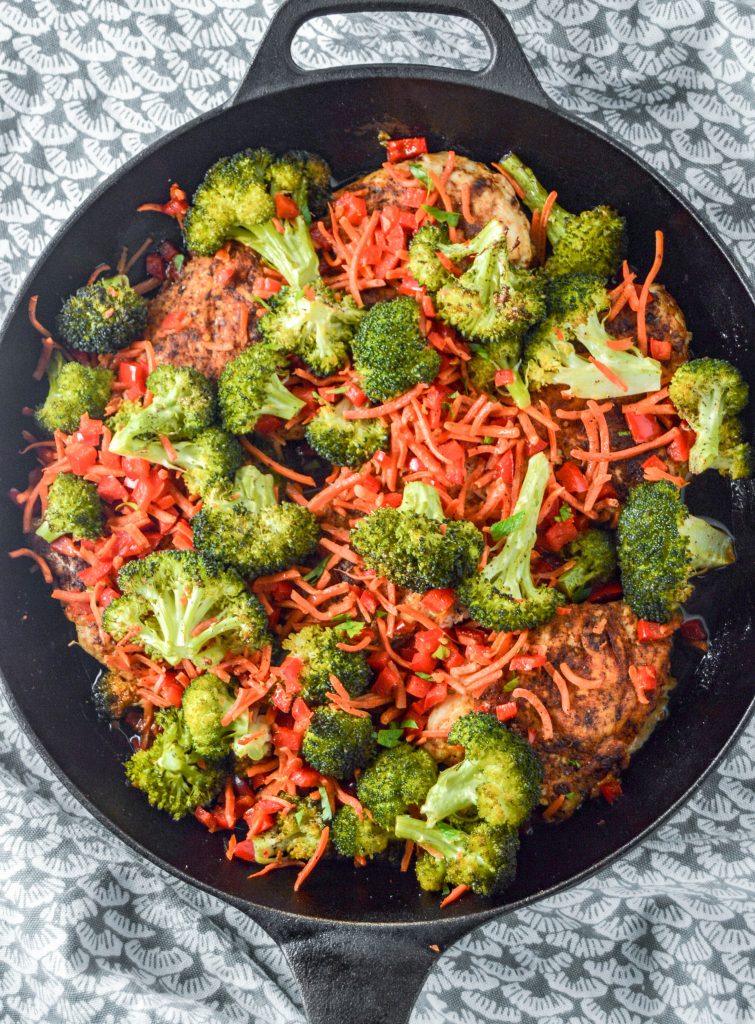What is the difference between extra virgin olive oil and olive oil? In this article, we will cover the premises of the difference between the grades of olive oil and how to make sure you choose the right grade.
Extra Virgin Olive Oil Grade:
Extra Virgin is the highest grade of olive oil, available in both traditional and organic varieties. First, the olives are harvested and washed with cold water. They are ground into paste and spun in a centrifuge to extract this initial, high-quality oil. Typically, this process occurs within 24 hours of picking the olives from the trees.
By definition, EVOO is known as the “first, cold-press”, though it’s actually spun instead of pressed in modern systems. It is technically an olive fruit juice, because it is simply the liquid extracted from the fruit of the olive. This olive oil is usually available in a Certified Organic variety.
Virgin Olive Oil Grade:
- Virgin Olive Oil is processed in a similar way to Extra Virgin Olive Oil. The thing that differentiates Virgin and Extra Virgin is the acidity level after pressing: Virgin Olive Oil has a max acidity level of 2.0% while Extra Virgin Olive Oil must be below 0.08%. The difference in acidity level is caused by the olives themselves and the time delay between harvest and production. After the sum of olives are harvested when they’re waiting for pressing, the fruit continues to be affected by its natural environment. For example, some olives may remain in the field longer, some may be slightly riper or have more sun exposure. Each of these natural elements causes them to oxidize faster, which increases the acidity level.
- Lampante Virgin Olive Oil is a lesser grade of Virgin Olive Oil not fit for human consumption. Often, this oil is made from very over-ripe or bad olives and is used for lamp oil or uses other than food.
Refined Olive Oil (Light Olive Oil) Grade:
- Refined Olive Oil is Virgin Olive Oil that has been processed and refined create a mild, light tasting, and more stable oil. The refining process also removes many of the health benefits that Extra Virgin Olive Oil offers.
Olive Oil (Pure Olive Oil) Grade:
- Defined by the USDA, the grade ‘Olive Oil’ is commonly referred to as ‘Pure Olive Oil’ or ‘Pure’ in the U.S. bulk and retail markets. In fact, this grade is comprised of Refined Olive Oil combined with Extra Virgin or Virgin Olive Oil; common blend ratios are 85% Refined and 15% EVOO or Virgin, though they can range from 70/30 to 99/1. These ratios are determined by the supplier/manufacturer and can account for some of the price differences in Pure Olive Oil across the market. This oil has a milder taste and color than Extra Virgin or Virgin Olive Oil.
Olive Pomace Oil Grade:
- Olive Pomace Oil is oil that is extracted from the pomace of the olive. “Pomace” is pulp made from the olive pit and already-squeezed olive fruit. When an olive is picked, it is ground into a paste which is squeezed or spun to get the initial oil out. The dry pulp left over is called the olive pomace. This is a major issue in food services, they typically use this quality of olive oils due to the cheap price point, but it comes with all the bad benefits. A solvent (typically hexane) is added to the pomace to extract any remaining oil. The solvent is removed, and the remaining Pomace Oil is refined, bleached and deodorized. To learn more about this process, visit our article, Olive Pomace Oil: Defined & Demystified. This is a similar process used to manufacture seed oils like Soybean and Canola.
*Note: For the USDA olive oil grade definitions, http://www.ams.usda.gov/AMSv1.0/getfile?dDocName=STELDEV3011889
To learn more about the rich history and benefits of olive oil, check out these additional resources:
- Health Benefits of Olive Oil
- The Mediterranean Diet Guide
External Links:
- Harvard T.H. Chan School of Public Health: The Nutrition Source
- Healthline: 11 Proven Benefits of Olive Oil
These links provide valuable information and insights that can enhance your understanding and appreciation of olive oil's historical and contemporary significance.


